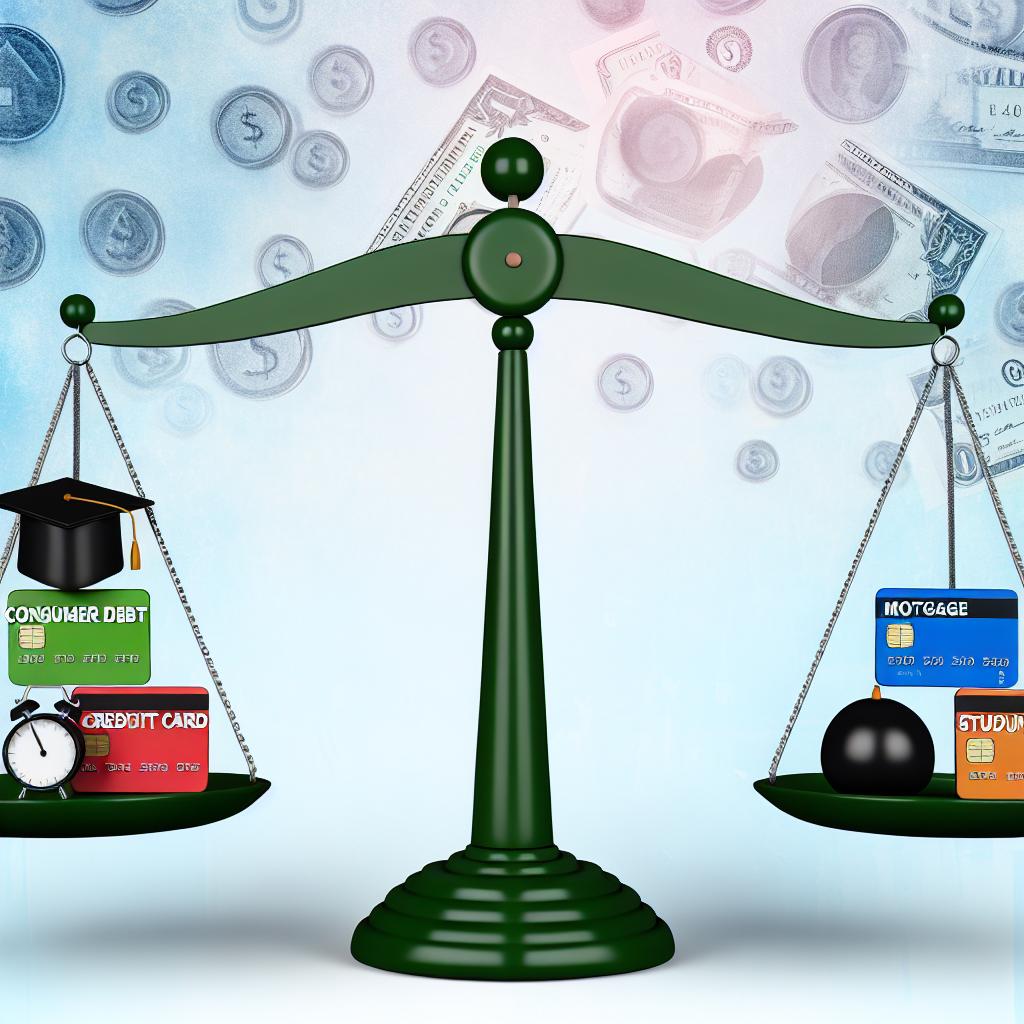Understanding Different Types of Debt
Before diving into repayment strategies, it is essential to grasp the nature of the debts you carry, as this understanding will significantly influence your approach to resolving them. Debts generally fall into two major categories: secured and unsecured debts. This distinction fundamentally affects both the level of risk associated with the debt and the methodology of repayment.
Secured debts are financial obligations backed by collateral assets, meaning they are tied to physical properties like houses or cars. Mortgages and auto loans are prime examples of this debt type. The defining characteristic of secured debts is that in case of repayment failure, lenders have the right to seize the collateral to recover their losses. The presence of collateral typically allows for lower interest rates since the risk to lenders is minimized.
Unsecured debts, conversely, lack such backing and thus pose greater risks to lenders. Common examples of unsecured debts include credit card debt, student loans, and personal loans. Due to the absence of collateral, these debts often come with higher interest rates. The elevated interest rates are a reflection of the lender’s increased risk. Understanding whether your debt is secured or unsecured will guide you in determining your repayment approach and priority.
Assessing Interest Rates and Costs
Interest rates are often the pivotal factor in debt repayment strategy as they dictate the long-term costs of borrowing. Specifically, debts with higher interest rates can exponentially increase the total amount repaid due to accruing interest costs over time. Thus, prioritizing the repayment of high-interest debts can significantly reduce overall expenditure.
A crucial tool in evaluating debt-associated costs is the Annual Percentage Rate (APR). The APR encompasses more than just the interest rate—it’s an all-inclusive metric that includes loan fees and costs, providing a more holistic depiction of borrowing expenses. When evaluating your debts, it is wise to compare the APR of each to identify which debts incur the highest cost.
Evaluate Minimum Payments
While aggressively tackling high-interest debts is advisable, ensuring consistency in making minimum payments on all debts is equally important. Neglecting minimum payments can result in financial penalties, an escalation of interest rates, and adverse effects on your credit score, which compounds your financial challenges.
Therefore, it’s critical to budget appropriately to cover minimum payment requirements each month. This not only helps maintain your credit rating but also averts future complications from late fees or increased interest rates. Maintaining a schedule for these payments ensures that you remain on top of your debt obligations.
Debt Avalanche vs. Debt Snowball Methods
There’s no one-size-fits-all strategy for debt repayment; however, two popular methods have emerged: the Debt Avalanche and Debt Snowball methods. Each has its merits and can be effective depending on individual goals and financial psychology.
– The Debt Avalanche method is organized by paying off debts with the highest interest rates first. This approach minimizes the overall interest paid over time, thereby conserving financial resources in the long term.
– The Debt Snowball method, on the other hand, focuses on quickly eliminating the smallest debts. This provides psychological benefits and incremental successes, which can be motivating and encourage continued financial discipline.
Deciding between these methods involves considering both financial and personal motivations. The Debt Avalanche strategy may seem more efficient financially, but the Debt Snowball approach can offer motivational gains that sustain repayment efforts.
Consideration for Consolidation or Refinancing
For individuals juggling multiple high-interest debts, debt consolidation or refinancing presents possible solutions. Consolidation involves merging several debts into one loan, ideally at a lower interest rate, simplifying repayment processes and potentially lowering overall costs. Refinancing is similar but applies to specific debts, such as mortgages, and involves renegotiating the loan terms at improved interest rates.
Despite these advantages, both strategies carry inherent risks. They may involve fees, which can sometimes negate the benefits of the lower interest rate. Moreover, extending the loan term could lead to paying more over time, even with a reduced rate. Therefore, it’s crucial to weigh these factors carefully and perhaps seek expertise before proceeding with consolidation or refinancing.
Seek Professional Guidance
When debt management becomes overwhelming despite employing various strategies, turning to professionals for guidance is a practical step. Financial advisors and credit counseling services can offer tailored advice according to your specific circumstances and help craft a sustainable repayment plan.
These professionals have the expertise to navigate complex financial scenarios and provide insights that you might not have considered. Engaging with them can relieve stress, provide structured repayment pathways, and improve financial literacy, equipping you to handle future financial responsibilities better.
In conclusion, managing debt effectively requires a combination of understanding the specific types of debt you owe, evaluating the associated costs, selecting a strategic repayment method, and if necessary, seeking professional guidance. By following a structured approach, you can work towards financial stability and reduce the burden of debt over time. For more personalized financial advice, consider consulting a financial advisor who can tailor strategies to your unique situation.
This article was last updated on: March 24, 2025


